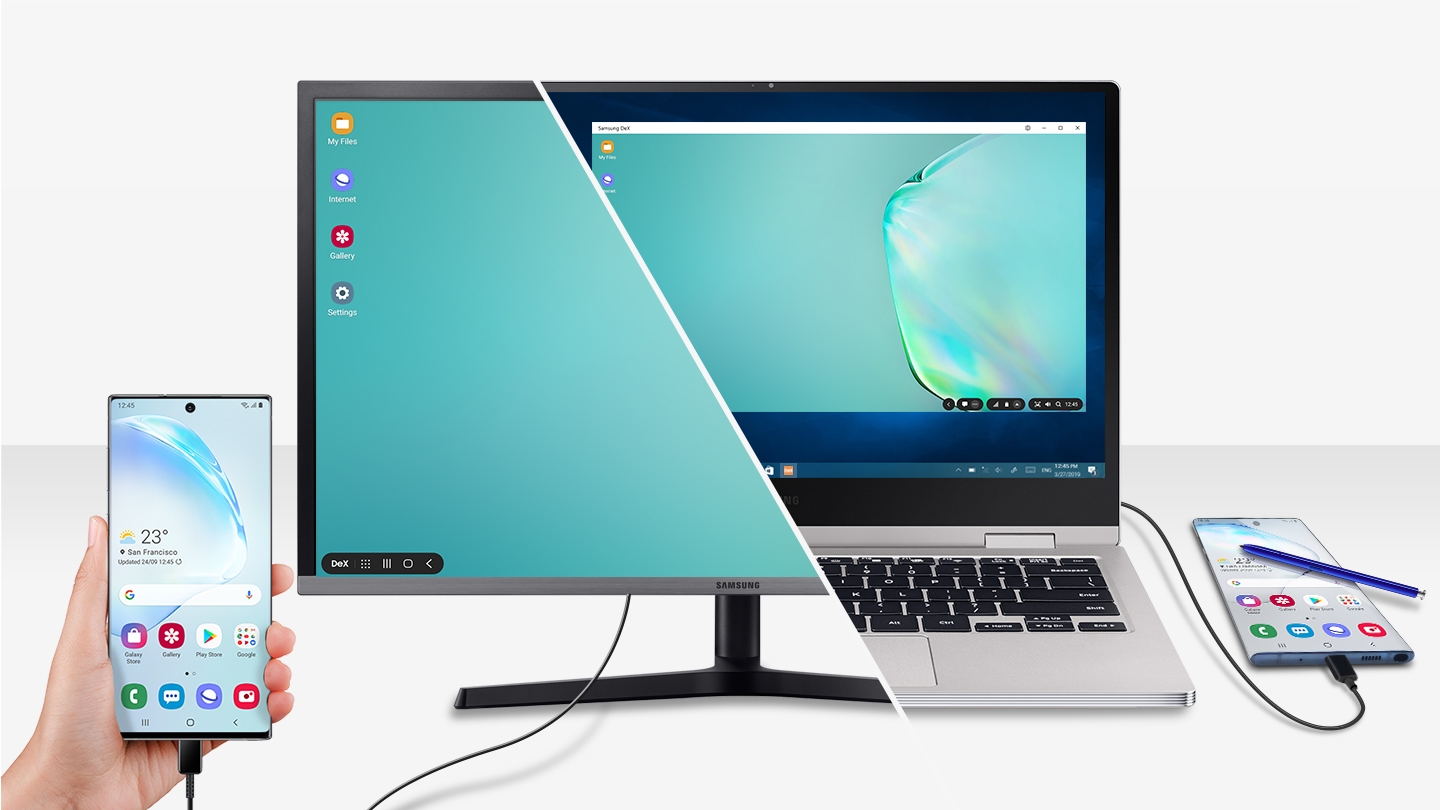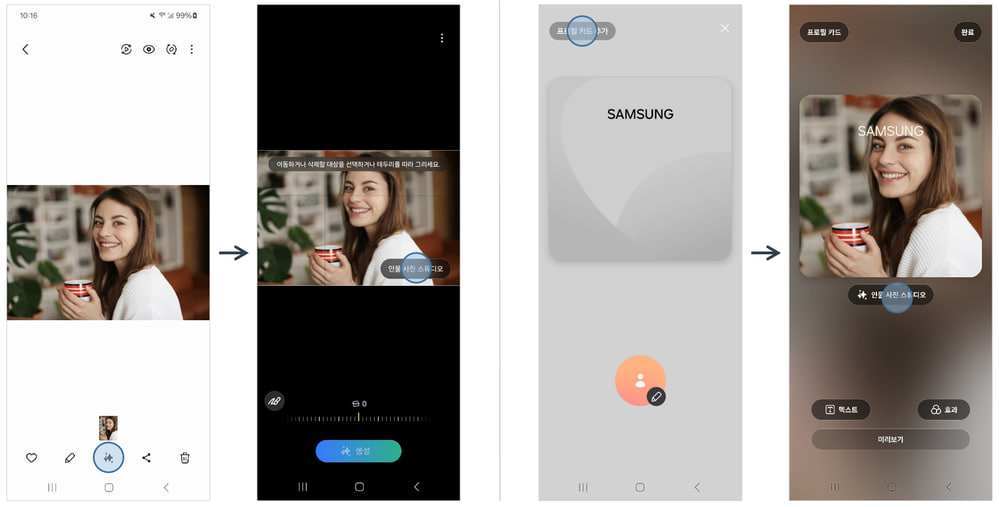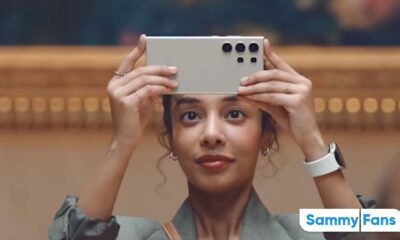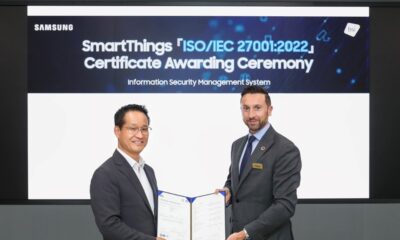Tips
How to screen mirror Galaxy phone and use Android apps with Link to Windows

Screen mirroring or screen casting allows you to mirror your Samsung device’s content to your PC screen. This feature has changed a lot in technology in recent times and will change the best way to reflect your screen depending on the age, model, and manufacturer of your smartphone, tablet, PC, and TV.
Many apps like Netflix and YouTube now Galaxy phones have a built-in screen mirroring function. If you are using a casting device such as Chromecast, you will need to connect your account with the casting app to mirror that app.
Even if you’re a multitasking expert, navigating both your phone and computer at the same time can be really tricky. You can streamline the process by screen mirroring your Galaxy phone’s screen to your Windows 10 PC. That way, you can control both devices from the same place.
Read More: Samsung Android 11 and One UI 3.0 Update Tracker: These devices have received the update so far
Display your phone screen on your computer
If your phone needs to charge for a while, access it on your PC using screen mirroring. Just make sure the Link to the Windows feature is set up, and your phone and PC are connected to the same network or via mobile data.
- Open the Your Phone app on the connected PC, and then select the Phone Screen tab.
- From here, navigate through apps, change settings, and drag and drop files from your PC to your phone.
- Your phone’s battery status will be displayed at the top of the screen, too.
When screen mirroring, your phone’s screen will be blank.
Note: The Phone Screen tab in Link to Windows will be renamed Apps in the near future. This is currently only available when using the Galaxy Note20 and Note20 Ultra devices.
Additional Link to Windows options
The Link to the Windows feature allows full interaction with Android apps, and there are some additional options available as well once you’re connected to a PC.
You can create a shortcut for the Your Phone app so you’ll be able to screen mirror your phone whenever you like.
- Open the Windows menu, and then locate the Your Phone app.
- Right-click it, and then select Pin to taskbar.
Here’s another trick- if you’re switching between a few apps on your phone and need to resize the windows, you can do it quickly using your PC’s cursor.
For added convenience, you can also use the Windows Narrator app while you’re screen mirroring.
- Search for the Narrator in the search bar.
- Then select the app to launch it.
Share and transfer files with your Galaxy phone and Windows
Instead of sifting through your email or cloud storage app, use Link to Windows to quickly send files from your Galaxy phone to your Windows 10 PC.
This feature will automatically sync your recent images from your phone and display them on your computer for easy access. There’s also a way to drag and drop files between your phone and PC without using an app.
Share your files through Link to Windows
After you’ve set up the Link to Windows feature, you can sync your most recent photos or videos in your phone’s Gallery app to your PC and then save them. The Your Phone app will display up to 2,000 recent photos and videos.
- Open the Your Phone app, and select Photos.
- If they aren’t showing up, select Refresh at the top and wait a few seconds.
- To do more with a particular photo, select it, and then choose from the options at the top.
- Select Open to view the photo and make edits, Copy to create a duplicate, Save as to save it to your PC, or Share to send it to another device.
As you take more photos on your phone, the Your Phone app will remove older photo previews from your PC. It never changes or deletes any photos on the phone itself.
Share files with a USB cable
If you prefer not to use an app, you can transfer files the old-fashioned way: using a USB cable. You can use the same cable that came with your Galaxy phone.
- Unlock your phone.
- Connect it to a computer using the USB cable.
- On the phone, a notification about the USB connection may appear; if needed, tap it and select the option for MTP or Transferring files.
Next, open the computer’s File Explorer program.
- Click on the name of your phone on the side menu.
- Go into your phone’s files and drag and drop them into your computer.
- You can also move files from the computer into the phone’s storage.
- You can drag and drop up to 100 files at a time, of any type.
However, moving entire folders is not supported, and no single file can be larger than 512MB. The size of the content will be adjusted to 1MB if metered data is used. For text files, the size will be limited to 128KB or less, and images will be resized to 1MB or less.
One UI
One UI 6.1.1’s Motion Clipper feature coming to these Samsung devices

One UI 6.1.1 introduced several new features and enhancements, one of which is the Motion Clipper feature of Editor. This feature lets you enhance your photos and create unique GIFs and stickers. This tool is perfect and useful for those who want to add a bit of fun and creativity to their photos and share them.
Motion Clipper is a minor yet powerful feature of One UI 6.1.1 that allows you to turn a part of your Motion Photos into animated GIFs or motion stickers. Users can easily use this feature when they have a motion photo in the Gallery app.
You have to open the motion photo in the Gallery app and long-press on a person or object you want to select. By doing so, you create a GIF or sticker from it. You can now use these custom GIFs and stickers on messenger apps or social media platforms that support Sticker Center.

Image Credit: Samsung
Currently, Motion Clipper is available on select Samsung models including the Galaxy Z Fold 6 and Flip 6. Additionally, several other flagships will get this feature with next major update.
These Galaxy devices will soon get the Motion Clipper feature of One UI 6.1.1.
Galaxy Z series
- Galaxy Z Fold 5
- Galaxy Z Flip 5
- Galaxy Z Fold 4
- Galaxy Z Flip 4
Galaxy S series
- Galaxy S22
- Galaxy S22 Plus
- Galaxy S22 Ultra
- Galaxy S23
- Galaxy S23 Plus
- Galaxy S23 Ultra
- Galaxy S24
- Galaxy S24 Plus
- Galaxy S24 Ultra
Galaxy Tab Series
- Galaxy Tab S8
- Galaxy Tab S8 Plus
- Galaxy Tab S8 Ultra
- Galaxy Tab S9
- Galaxy Tab S9 Plus
- Galaxy Tab S9 Ultra
One UI 6.1.1 will bring Sketch to Image feature to older Samsung devices
Tips
Here’s how to use gesture features of Samsung Galaxy Ring

On July 10, Samsung launched the smallest and most compact product within the Galaxy lineup, the Galaxy Ring. It offers several innovative health management functions along with an exciting way to control your phone using simple gestures. You can easily activate gesture features on your Galaxy Ring.
Samsung Galaxy Ring’s gesture feature lets you turn on an alarm or take a photo or video while the camera app is running by double-clicking your finger and thumb while wearing the ring.
How to activate gestures on Galaxy Ring :
To use the Galaxy Ring’s gesture controls, follow these steps:
- Open the Galaxy Wearable app on the smartphone connected to the Galaxy Ring.
- Navigate to the “Gestures” section within the Galaxy Ring’ Settings.
- Choose which functions you want to control with gestures. Options include dismissing an alarm or taking a photo or video.

After you have chosen your desired functions, you can start using them by performing a simple gesture. To dismiss an alarm or capture a photo or video, double-tap with your finger and thumb while wearing the Galaxy Ring. This gesture will start the selected function without needing to touch your phone.
If you have a Galaxy Z Fold 6 or Z Flip 6 model, you can start using these features. This feature will be extended to other Galaxy devices through future software updates.
Galaxy Ring
Samsung Galaxy Ring features a sleek design with dimensions of 7.0 mm x 2.6 mm, 24-hour-a-day health monitoring, long-lasting battery from 18mAh (Size 5) to 23.5mAh (Size 13), Galaxy AI features, and more.
Moreover, the Galaxy Ring provides comprehensive health insights and analysis via the Samsung Health app without any additional fees. It gives detailed metrics on sleep patterns, including movement, sleep latency, heart rate, and breathing rate during sleep. It also introduces Energy score and Wellness tips for daily health insights.
Samsung finally releases Galaxy Ring: Here’s all you need to know
Samsung
Samsung One UI 6.1.1 Galaxy AI’s Portrait Studio

Samsung launched the Galaxy Z Flip 6 and Galaxy Z Fold 6 with One UI 6.1.1 software, introducing an impressive feature called Portrait Studio. This feature uses generative AI to transform normal photos into artistic portraits with just a few taps.
Portrait Studio of One UI 6.1.1 is accessible through Gallery and Contacts apps. It offers four different styles of portraits- Comic, 3D Character, Watercolor, and Sketch. Whether you prefer a comic-inspired look or a watercolor effect, there’s a style for every taste.
The process of using the Portrait Studio is very simple. First, select a portrait photo from your gallery, pick the desired style, and let the AI work its magic. Even if there are multiple people in the photo, you can select which individual you want the portrait created for.

The AI processing takes around 15 seconds to generate the portrait, and if you’re not completely satisfied with the result, you can easily create another version with the ‘Create Again’ button. Final Portraits can be saved through the photo editor or you can set directly it as a profile image for contacts.

The quality of the generated portrait improves with higher-resolution photos where the subject is visible and facing forward. Also, all portraits created using Portrait Studio contain a watermark in the bottom left corner to indicate their AI generation.
The good news is that Samsung plans to expand the availability of Portrait Studio beyond the Galaxy Z Flip 6 and Z Fold 6. Users of Galaxy Z Fold 5, Galaxy Z Flip 5, Galaxy Z Fold 4, Galaxy Z Flip 4, Galaxy S24, Galaxy S23 FE, Galaxy S23, Galaxy S22, Galaxy Tab S8, and Galaxy Tab S9 devices will soon also enjoy this amazing feature.

As the rollout progresses, more Samsung users can enjoy the amazing styles of AI-enhanced portraits on their smartphones. Stay tuned for more information.
One UI 6.1.1 update will bring Auto Zoom feature to Galaxy Z Flip 5












